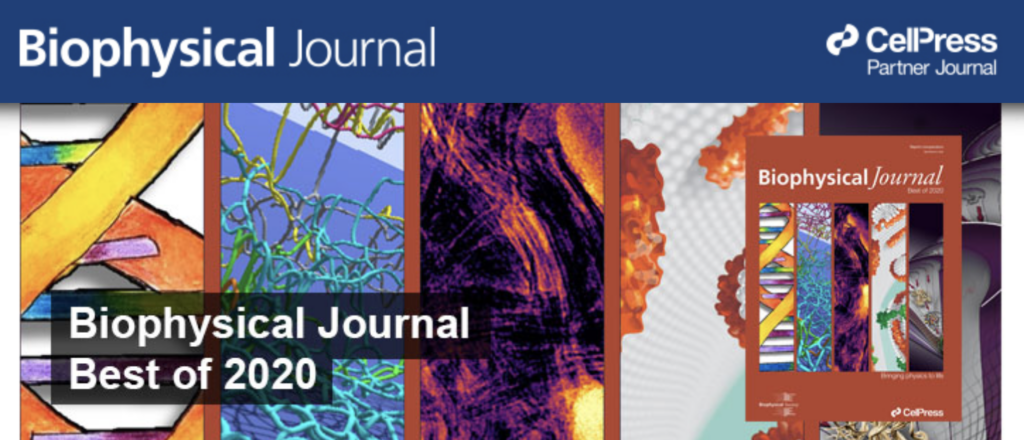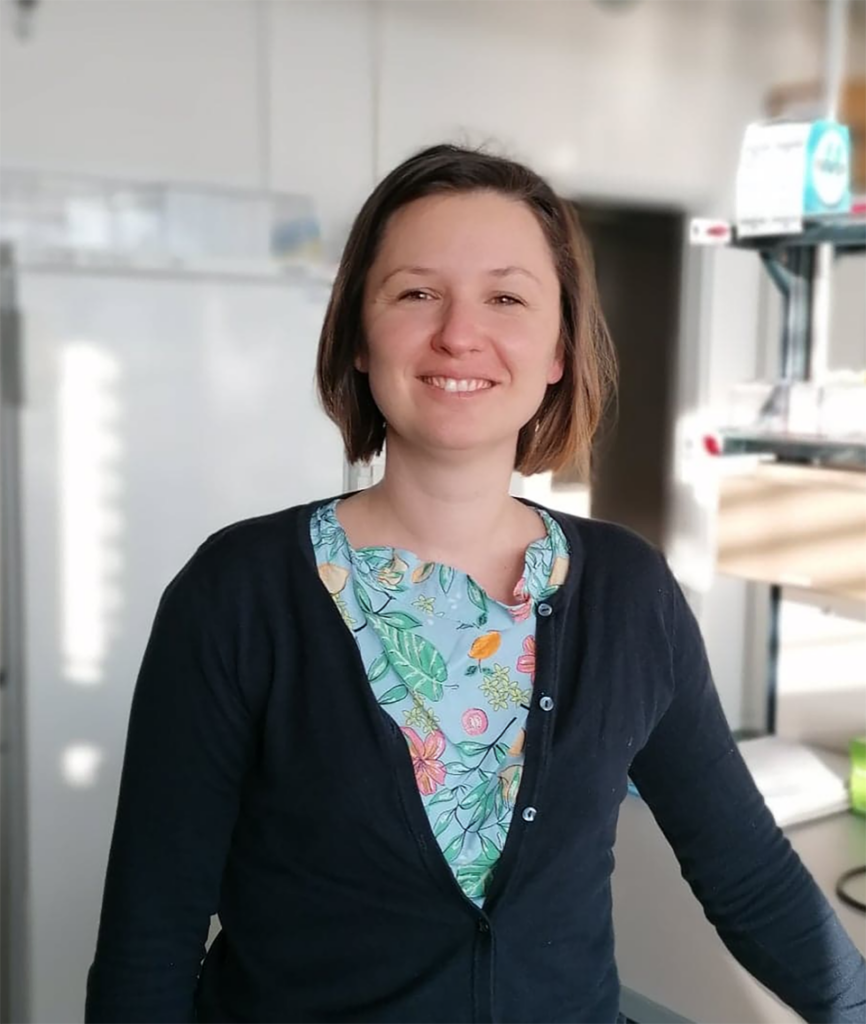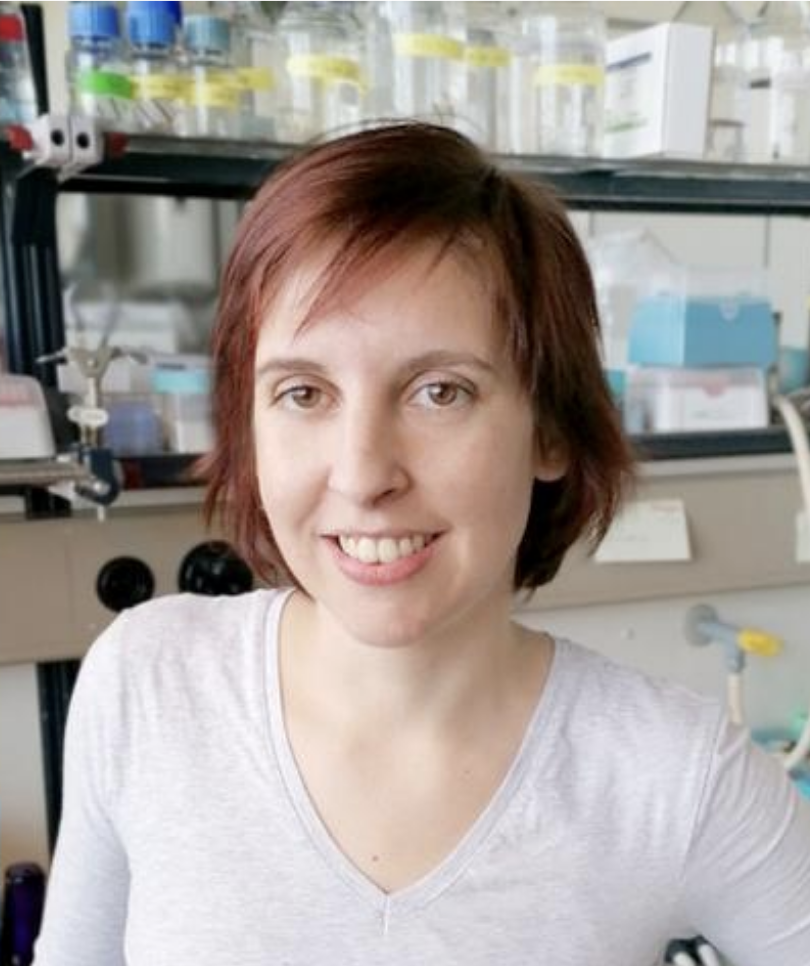The Amicitia Association awards an Excellence Prize in recognition of outstanding scientific research in all areas of neuroscience.
Its aim is to support graduates from the neuroscience doctoral programs in the Lemanic area who are continuing their scientific career in an international academic institution.
This year, the award ceremony will be held on May 7 between 16h30 – 17h during the Annual Meeting of our NeuroLeman Network and Doctoral Schools (on zoom: https://unil.zoom.us/j/95943799385).

Further information on this prize: https://www.unil.ch/ln/en/home/menuinst/ln-doctoral-school/infos-for-ln-phd-students/amicitia-excellence-prize.html
Further information on Dr Hoekstra: https://www.imperial.ac.uk/people/m.hoekstra
I am studying the mechanisms underlying the association between dementia and sleep/circadian disturbances, using several techniques to follow (e.g. in vivo imaging) and/or to manipulate (viral, pharmaceutical) these processes. I joined the group of Marco Brancaccio at the Dementia Research Institute Imperial as a research associate in May 2019.
Prior to joining Marco’s lab, I conducted my PhD studies in the lab of Paul Franken at the University of Lausanne (Lausanne, Switzerland, 2013-2018). My studies showed that the sleep-wake distribution is an important contributor to daily changes in clock gene expression, and that a temperature sensitive protein called CIRBP conveys some, but not all, of the sleep-deprivation incurred changes in clock gene expression.





